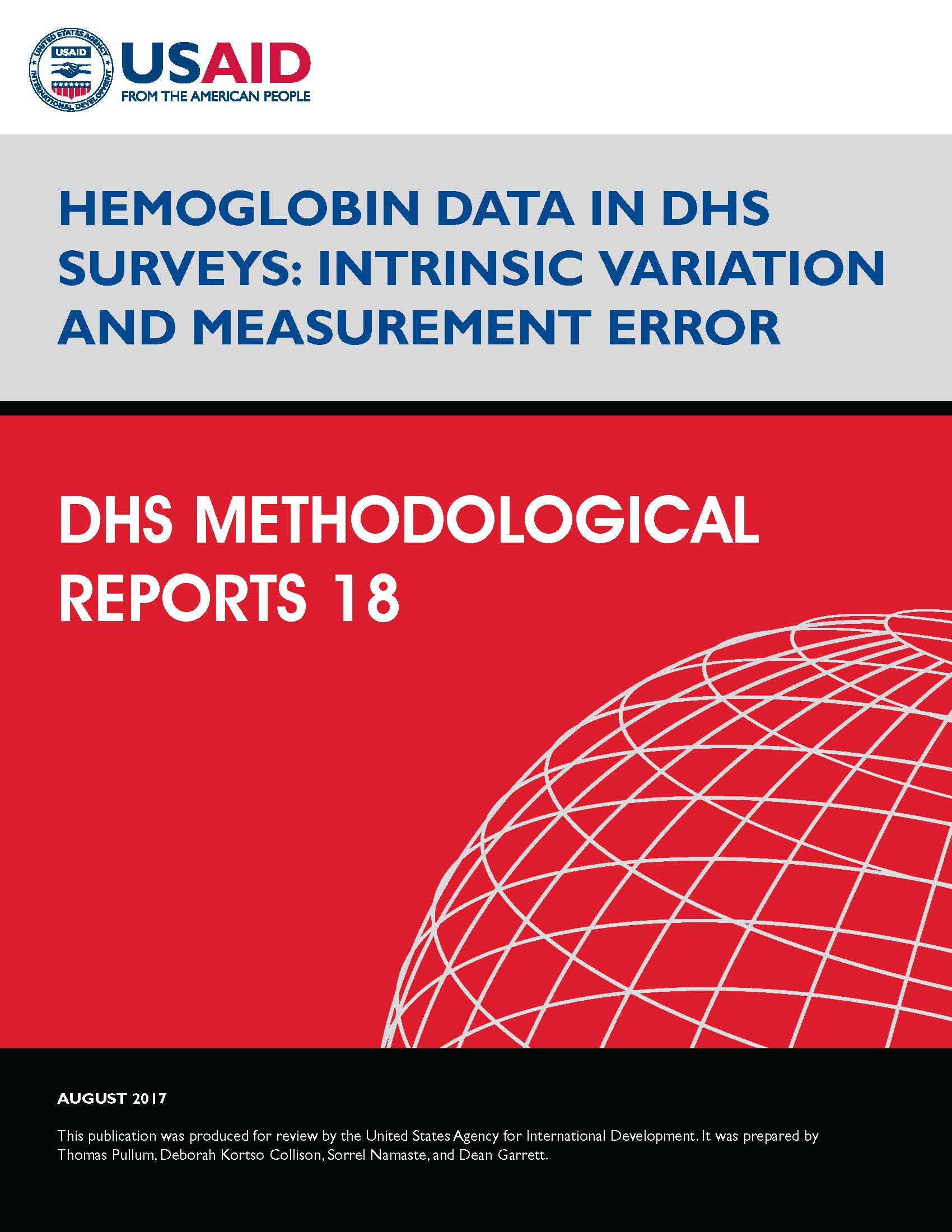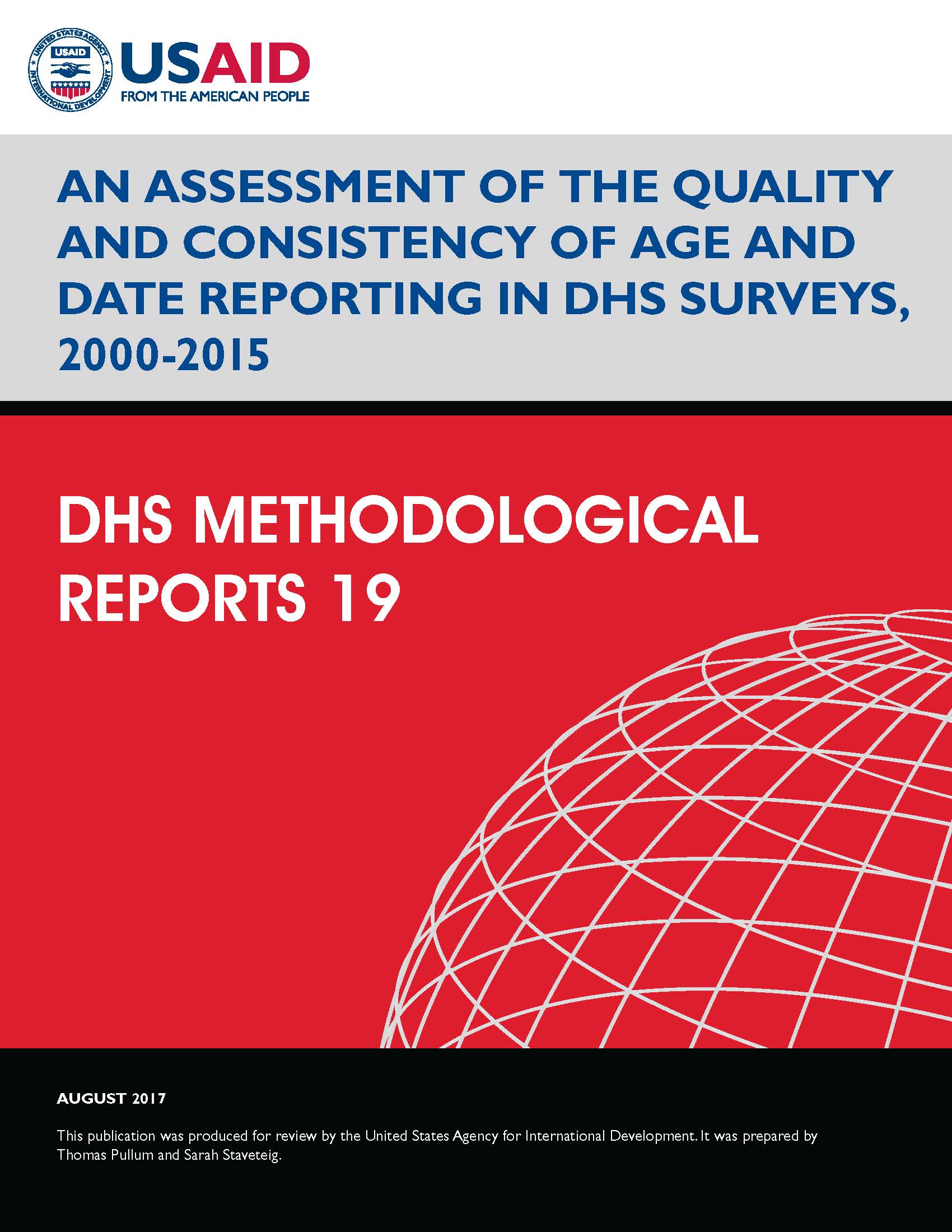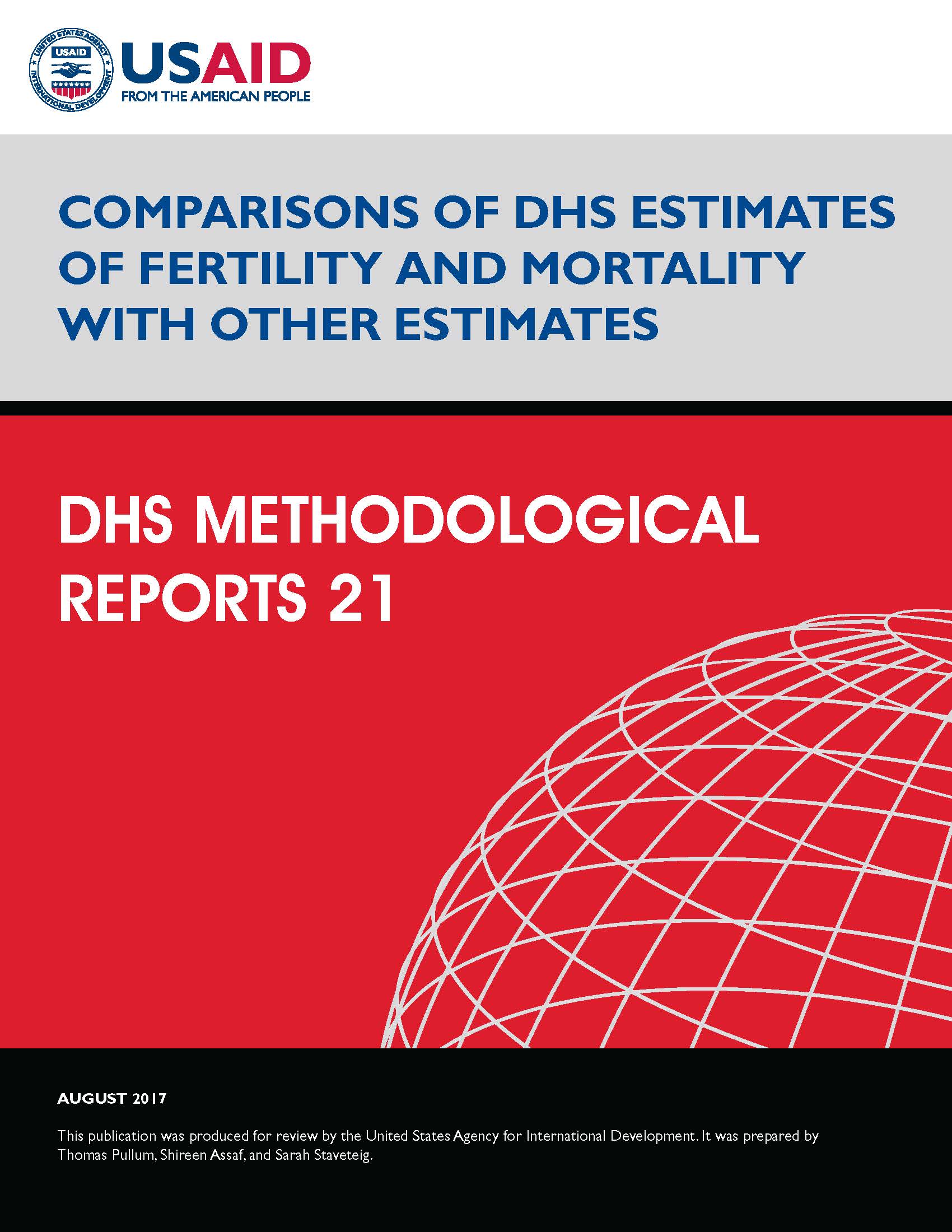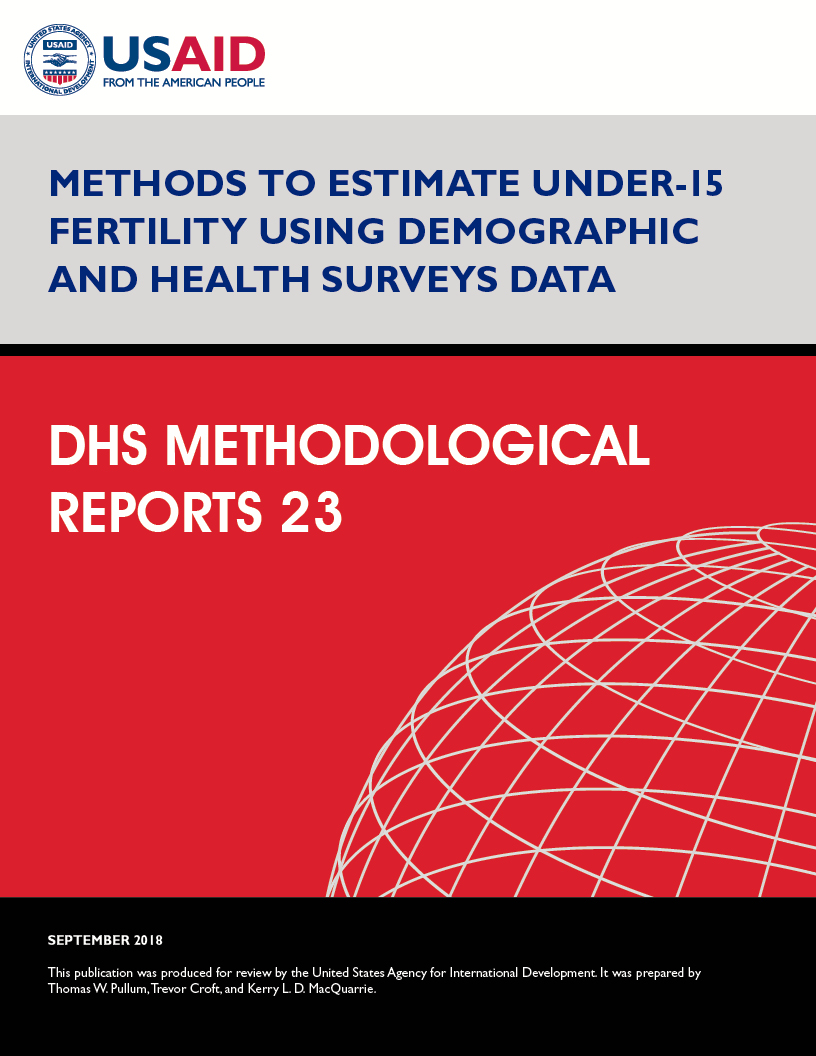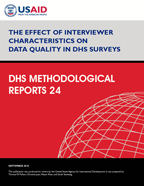Inside The DHS Program: Q&A with Tom Pullum
 Name: Tom Pullum
Name: Tom Pullum
Position title: Director of Research
What is your role at The DHS Program? I manage the analysis team, which prepares the majority of analysis reports that are released after the Final Reports and standard recode files have been produced. I am the lead author or co-author of at least a couple of these reports each year. The analysis team also conducts the DHS Fellows Program and Data Analysis Workshops. I also assist with data quality issues that occasionally arise during the preparation of Final Reports and frequently answer questions related to statistics, demography, or Stata that are submitted to the DHS User Forum.
When did you start at The DHS Program? I joined The DHS Program in May 2011. Previously, I had been a demographer in the academic world at the University of Texas at Austin and the University of Washington. In 2010-11, I took a non-academic break to work with USAID as part of the Global Health Fellows Program, expecting to return to the University of Texas. However, the opportunity to join The DHS Program came up and I retired from the University of Texas to join The DHS Program.
What has been the biggest change in The DHS Program during your time here? The biggest change has been in the sheer volume of work, indicated by the increased number of surveys, Final Reports, and analysis reports that are conducted annually. The analysis team has become very efficient in producing analysis reports that include a large number of surveys.
What work are you most proud of? Personally, I am most proud of the methodological reports that I have been directly involved in, but in a broader way, I’m very pleased with the growth and development of the analysis team. The capacity to conduct high-quality research and workshops has steadily increased. My colleagues work well together, take initiative, and are very productive.
Do you have any newly authored publications or articles you would like to share? I would like to point people to some methodological reports that came out late in 2017 and 2018.
- Hemoglobin Data in DHS Surveys: Intrinsic Variation and Measurement Error (MR18)
- An Assessment of the Quality and Consistency of Age and Date Reporting in DHS Surveys, 2000-2015 (MR19)
- Comparisons of DHS Estimates of Fertility and Mortality with Other Estimates (MR21)
- Methods to Estimate Under-15 Fertility Using Demographic and Health Surveys Data (MR23)
- The Effect of Interviewer Characteristics on Data Quality in DHS Surveys (MR24)
How are the topics for analysis reports selected? Every year, we work with USAID/Washington to develop a list of topics for reports that will be completed by the end of the year. Reports in the Further Analysis series originate within the USAID Missions in countries that have recently done a survey. Those reports generally examine trends across at least the two most recent surveys. The Methodological Reports are intended to lead to improvements in future data collection or to increase our ability to extract useful information from the data that have already been collected.
Who is the audience for analysis reports? In addition to meeting the programmatic needs of USAID, there is a large community of DHS data users who would benefit from these reports. It is always a pleasure to hear from that larger community and to help them get the most out of the data. We hope that as many people as possible will visit our website become familiar with the reports that are available there.


